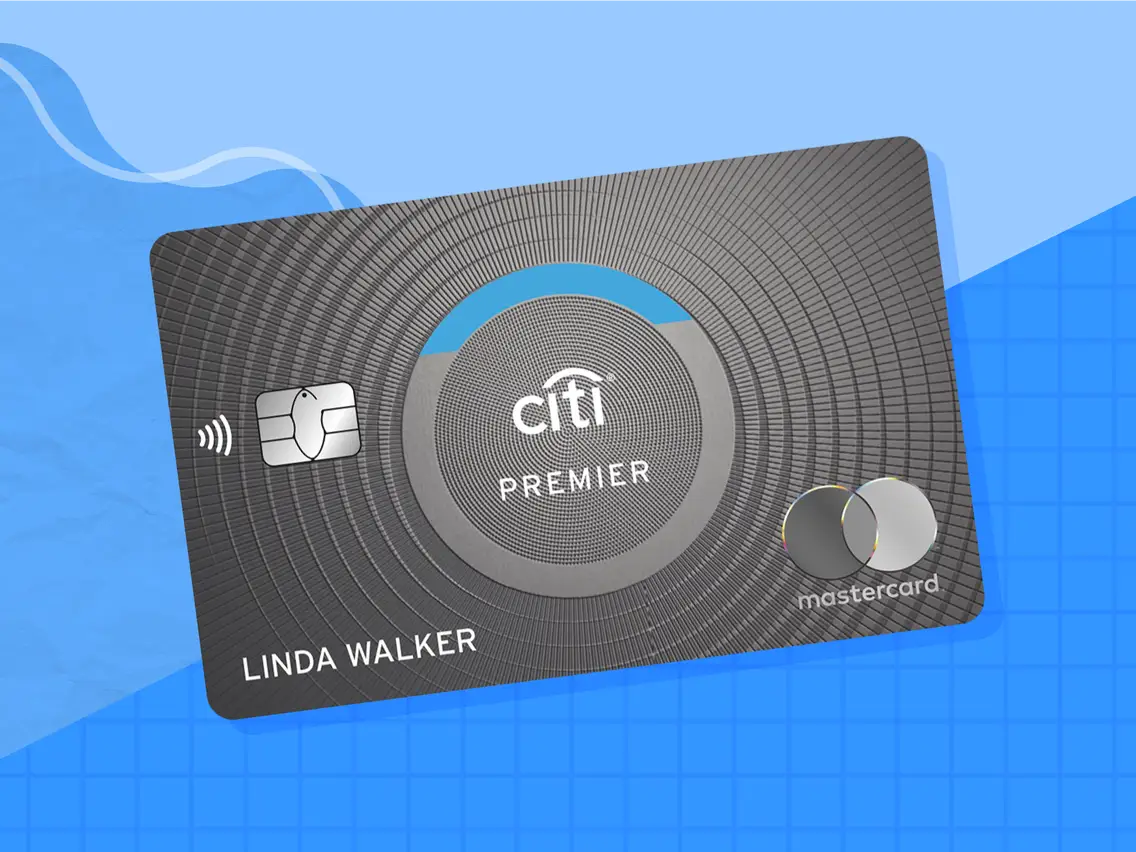Open banking is revolutionizing the way individuals manage their finances in the United States. As the financial landscape evolves, these innovative systems are empowering consumers, offering them unprecedented control over their monetary data and providing opportunities for personalized financial management solutions.
Anúncios
This shift not only benefits consumers but also drives competition among financial institutions, encouraging them to offer more competitive and customer-centric services. In this blog post, we will explore how data-sharing frameworks are transforming the landscape of personal finance management in the US.
The rise of open banking

Open banking has its roots in the desire to democratize access to financial information and offer consumers a more inclusive platform for managing their wealth. Over the past few years, regulatory measures and technological advancements have paved the way for its growth. The US has witnessed an increasing number of financial institutions adopting open banking practices, driven by consumer demand for more transparency and control.
Regulatory frameworks have played a substantial role in shaping the open banking landscape in the US. While not as stringent as the EU’s PSD2 regulations, American policies are gradually adapting to support open banking. Financial regulators are working to establish standards that balance innovation with consumer protection, setting the stage for open banking’s growth.
Benefits for consumers
One of the most significant advantages of open banking for consumers is improved financial management. Consumers gain a comprehensive understanding of their financial status by aggregating data from different financial accounts. This visibility allows them to monitor spending habits, track savings goals, and identify potential areas for improvement.
Another key benefit is the customization of financial products and services. With access to more detailed financial data, service providers can offer tailored solutions that meet the specific needs of individual consumers. This personalization extends to mortgage offers, savings accounts, credit cards, and investment strategies, allowing users to select products that align with their financial objectives.
Security and trust
While open banking offers substantial benefits, it also raises concerns about security and data privacy. Ensuring consumer trust is paramount to the success of open banking systems. Financial institutions and fintech companies must work diligently to establish robust security measures that protect consumer data. Implementing strong encryption, authentication processes, and regular audits are essential to maintaining consumer confidence in this new financial ecosystem.
Building consumer trust also involves continually educating consumers about the benefits and risks associated with open banking. Providing clear and concise information about how data is managed and protected can alleviate concerns about privacy and security. Consumers should be aware of the steps taken to safeguard their information, which in turn fosters a more trusting relationship between service providers and their clientele.
The future of personal finance
The trajectory of open banking in the US is set to transform the personal finance landscape further. As more consumers become aware of and comfortable with open banking, the demand for personalized, integrated financial solutions will grow. This shift will prompt financial service providers to innovate continuously, developing tools that offer seamless experiences and empower consumers to achieve their financial goals.
Looking ahead, the integration of artificial intelligence and machine learning will likely play a pivotal role in the advancement of open banking solutions. These technologies have the potential to deliver highly personalized insights and recommendations, enabling consumers to optimize their financial strategies more effectively.
Challenges and opportunities
While open banking presents many opportunities for personal financial management, it is not without its challenges. Data privacy and security remain ongoing concerns, and financial institutions must stay vigilant in protecting consumer information. Additionally, disparities in regulatory frameworks across regions can complicate the uniform adoption of open banking practices.
An additional challenge lies in educating consumers about open banking and its advantages. Many individuals may be hesitant to adopt these new financial solutions due to a lack of understanding. It is crucial for financial service providers to engage in efforts to educate and inform consumers, highlighting the benefits and mitigating any concerns. Effective communication strategies can help demystify open banking and promote its widespread adoption.
Key takeaways
Open banking is poised to redefine personal financial management in the US, offering consumers greater control over their finances and access to tailored solutions. By empowering individuals with insights and tools, open banking enhances their ability to make informed financial decisions.
The integration of advanced technologies and the collaboration between traditional banks and fintechs will drive innovation and deliver unparalleled convenience to consumers. The future of open banking will depend on maintaining robust security measures and building consumer trust.
As regulatory frameworks evolve, the financial industry must prioritize transparency and consumer education to ensure the successful adoption of open banking solutions. By addressing challenges and embracing opportunities, open banking can transform the personal finance landscape and enhance financial well-being for all individuals.



